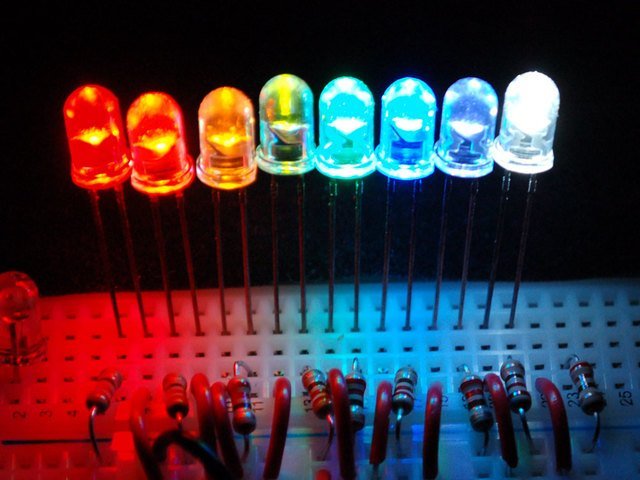Over the last 4 decades, LEDs or Light emitting Diodes have evolved to become a bright and efficient sources of white, green, blue and red light that have given cars, interior lighting, malls, airports a refurbished radical look. Progress in LED performance has been rapid and has been described by a logarithmic law called the Haitz’s law.
Haitz’s law is an observation and forecast about the steady improvement, over many years, of light-emitting diodes (LEDs). The Law said the cost per lumen (which is the unit of useful light emitted) of LED lighting would fall to 10% of its original price every 10 years. During the same period, the lumen power of LEDs would increase 20 times.
Click here to know more about Zipf’s Law!
It is akin to the Moore’s law for electronics which states that the number of transistors in an integrated circuit doubles every two years.
Dr Roland Haitz first proposed this law at the Strategies in Lights conference in 2000.
He predicted LED lighting would produce 100 lumens per watt by 2010, and 200 lumens per watt by 2020. With 200 lumens per watt, Dr Haitz said people would cut their use of electricity for lighting by more than half. The astonishing fact is that, his forecasts have been fulfilled and in the past few years have been over-achieved. Haitz’s Law was accurate about everything except the time frame. LEDs are developing faster than the Law forecast.
Haitz’s predictions for LEDs have guided the investment and R&D strategies of the solid-state industry, initiating and sustaining an on-going transformation in lighting that has progressed from his personal vision to global revolution, all in just the last 15 years.
LEDs are on their way to become the most efficient source of light. Consumers and companies want versatile, long life and low energy lighting. LED bulbs are the answer.




